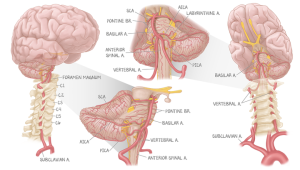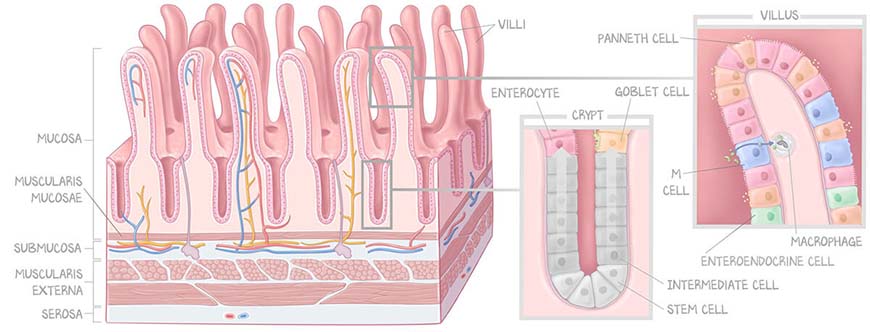The pursuits of art and science are often delegated to two different hemispheres of the brain.
In our increasingly specialized culture, the prevailing view seems to be that; if you have a knack for one, you likely don’t have a knack for the other.
As with many things today, this black-and-white, left-brain/right-brain dichotomy has been overstated and oversimplified – and does a disservice to the more holistic style approach that established the foundation of knowledge and discovery that scientific advancements have built upon since.
We know that the scientist’s laboratory and the artist’s studio are two of the last places reserved for open-ended inquiry, for failure to be a welcome part of the process, for learning to occur by a continuous feedback loop between thinking and doing.
It is only in relatively recent human history that the popular imagination has divided art and science into separate, largely mutually exclusive, pursuits.
In their instinctive quest to understand the nature of being and the universe, our ancestors had no concept of art and science as being separate. Instead, they drew upon all the tools that were available to them – including their imaginations.
“We know that the scientist’s laboratory and the artist’s studio are two of the last places reserved for open-ended inquiry,” John Maeda wrote for Scientific American, in 2013, “for failure to be a welcome part of the process, for learning to occur by a continuous feedback loop between thinking and doing”
Thinkers like Pythagoras and Leonardo da Vinci equally employed spirituality and hard science to make tremendous advances for humanity.
The fact that it’s difficult to classify de Vinci’s genius—the term “polymath” seems to have been invented for people like him—demonstrates how powerful the disciplines can be if they are used together to advance understanding.
Announcing Drawing Blood: a deep look into the art of medical illustrations
It’s in this spirit of reuniting art and science that we announce our new blog series, Drawing Blood.
From exploring the history of medical illustrations to where it’s going and who is making it happen, we’ll be going deep on the art and science of medical illustrations with Drawing Blood.
In true OnlineMedEd fashion, we’re rethinking and improving the discipline ourselves, to help medical students better understand and absorb the human body and its often complicated and interrelated processes.
The articles will be flush with images, some beautiful, some disturbing, and some downright baffling.

To fully appreciate this undertaking and the incredible work our team has created, it helps to understand what goes into creating these illustrations. Let’s start by establishing what exactly medical illustrations are.
What are medical illustrations?
Medical illustrations are a blend of life-like depictions of anatomy or biological processes with purposeful abstractions aimed at helping the audience understand what each piece is and what role they perform.
As important as they are, doing the work requires more than just honed artistic skills and instincts.
Medical illustrations are a blend of life-like depictions of anatomy or biological processes with purposeful abstractions aimed at helping the audience understand what each piece is, and what role they perform.
Medical illustrators must have a grasp of anatomy and biological processes. Their work often requires a tremendous amount of research to not only understand what they are illustrating, but also how to conceptualize and portray it in a way that facilitates understanding.
Doing this succinctly and clearly requires a real depth of knowledge. For that reason, medical illustrators often have an educational background that combines both art and life sciences.
To get real bona fides, many medical illustrators opt to demonstrate that they meet the standards set by the National Commission for Certifying Agencies (NCCA).
A Certified Medical Illustrator (CMI) must pass exams that prove their knowledge of business practices, ethics, biomedical science, and drawing skills, as well as undergoing a rigorous portfolio review.
Training healthcare workers is serious business; it’s no different for medical illustrators.
Upcoming Drawing Blood articles
The series will kick off properly, in the coming weeks. We’ll begin with a focus on the early history of medical illustrations, starting with humanity’s early days in caves and the quickest way to bring down a woolly mammoth.

From there, we’ll give you a look at our own process and what gives it an edge in a very competitive field.
This is a topic that is near and dear to our hearts, and we hope this series helps foster a similar passion and interest in you. Stay tuned.



